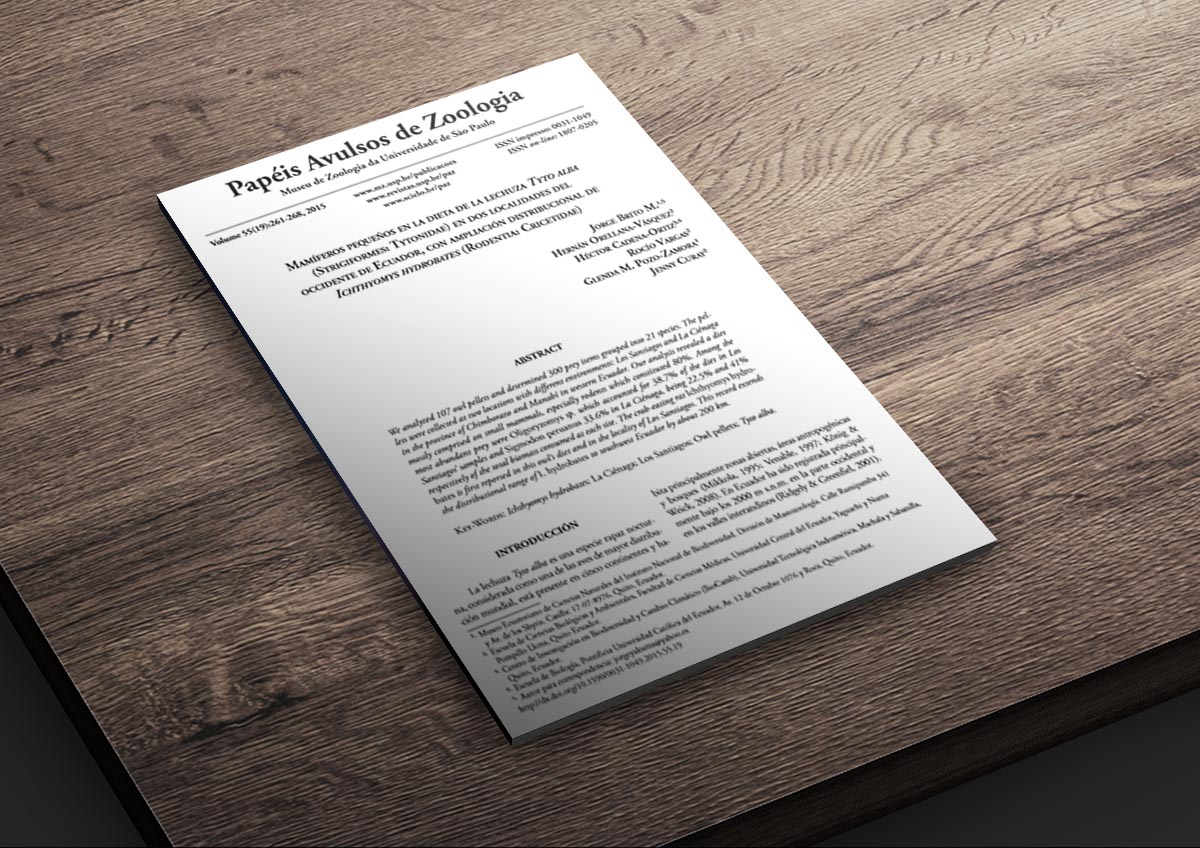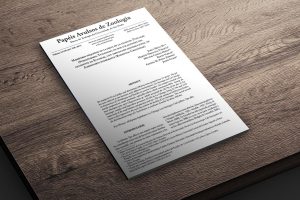| Descripción |
Akodontini, the second largest tribe within sigmodontine rodents, encompasses several stomach morphologies. This is striking because most sigmodontine groups of comparable taxonomic rank are very conservative in this respect. Based on extensive sampling of newly dissected specimens (213 stomachs representing 36 species), as well as published examples, covering almost all akodontine living genera (15 of 16), we undertook a reappraisal of the gross morphology of this organ. We then mapped this information, together with gallbladder occurrence, in a refined multilocus molecular phylogeny of the tribe. We surveyed three different configurations of stomachs in akodontines, according to the degree of development and location of the glandular epithelium; in addition, two minor variations of one of these types were described. Of the five major clades that integrate Akodontini, four are characterized by a single stomach morphology, while one clade exhibits two morphologies. Mapping stomach type on the phylogeny recovered two configurations for the most recent ancestor of Akodontini. A revised survey of gallbladder evidence also revealed overlooked congruencies. The observed stomach diversity and its arrangement in the phylogeny, along with additional morphological characters and the genetic diversity among the main clades, supports the necessity of changes in the current classification of the tribe. Recognition of subtribes or partitioning of Akodontini into several additional tribes of equal rank could be suitable options.
|



